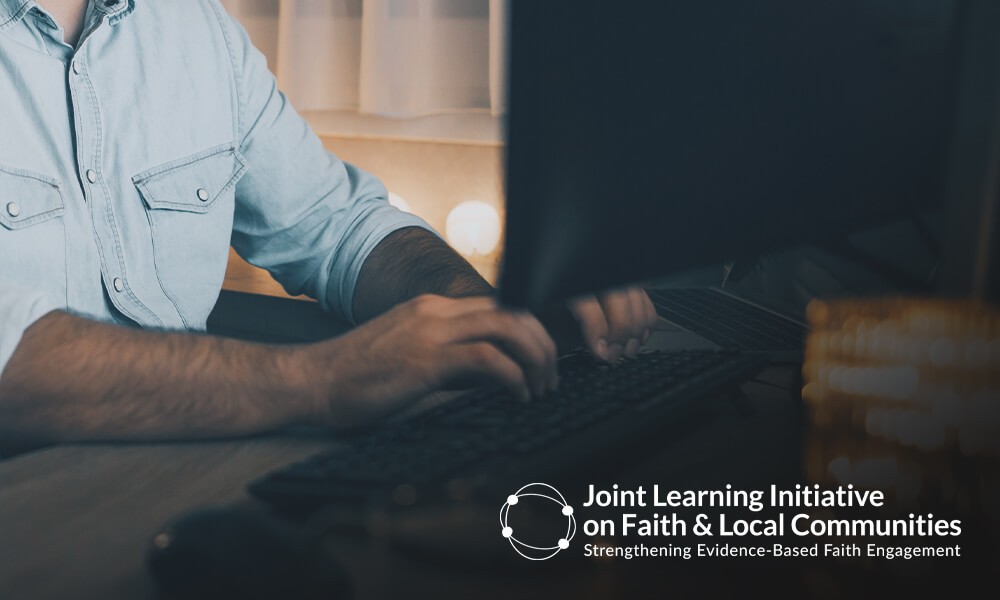It is widely recognised that ‘refugees often see the education of their children as a principal way of ensuring a better future’ (Dryden-Peterson 2003, 1). However, the means for providing such an education, and views of what precisely would amount to a ‘better future’, are less consistently expressed by the different actors involved in planning for and delivering schooling to refugee children around the world. On the one hand, refugee families and leaders may invest considerable amounts of otherwise scarce resources to establish camp-based schooling systems (Horst 2006, 13), even without international support, often viewing an education ‘as a means of preserving their group’s cultural, linguistic, and historical traditions’ (Water and Leblanc 2005, 138). Such an investment in education in the face of immediate scarcity and uncertainty demonstrates the significance which individuals, families and collectivities might give to ‘saving a way of life’ over ‘saving a life’ per se (Allen and Turton 1996).
Nevertheless, international organisations, United Nations relief agencies and both donor and host states have only relatively recently (primarily since the 1990s) accepted that schooling programmes should
be amongst the internationally guaranteed services to be offered by humanitarian agencies (Water and Leblanc 2005, 135). Even since the 1990s, international actors have often heralded ‘refugee-education’ for reasons and through means which may undermine local attempts to ‘save a way of life’, or may reflect the political priorities of donors as is arguably the case of the ‘peace education’ projects which prevail in many refugee contexts (see Verdirame and Harrell-Bond 2005, 258).

